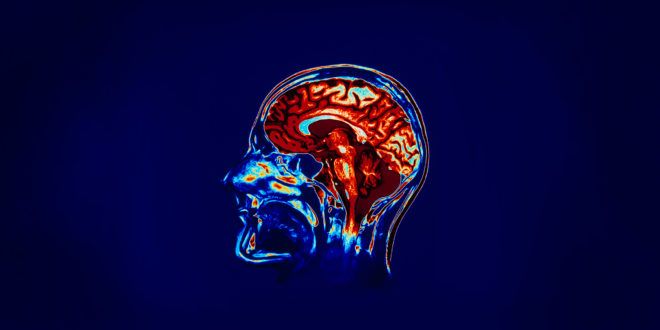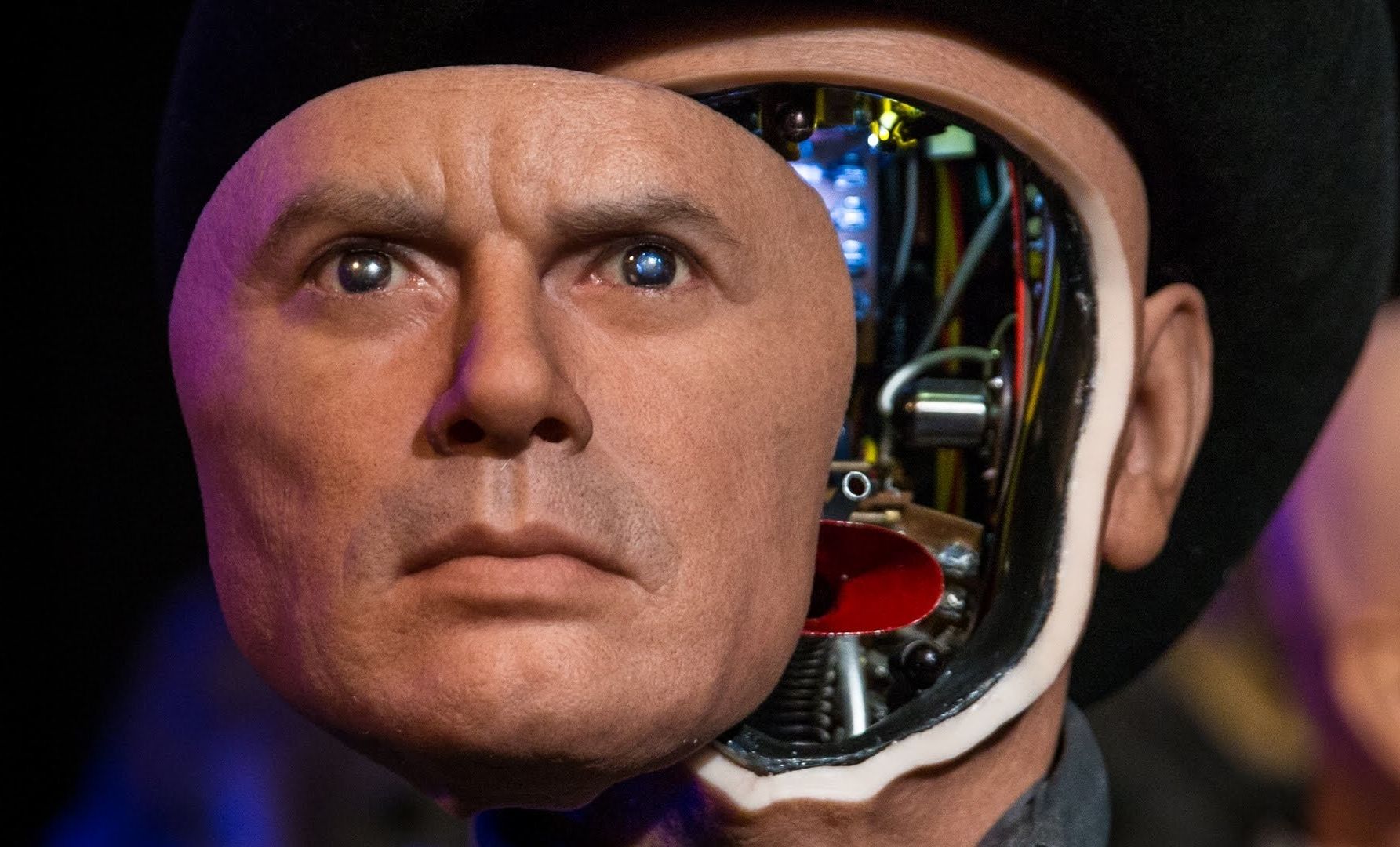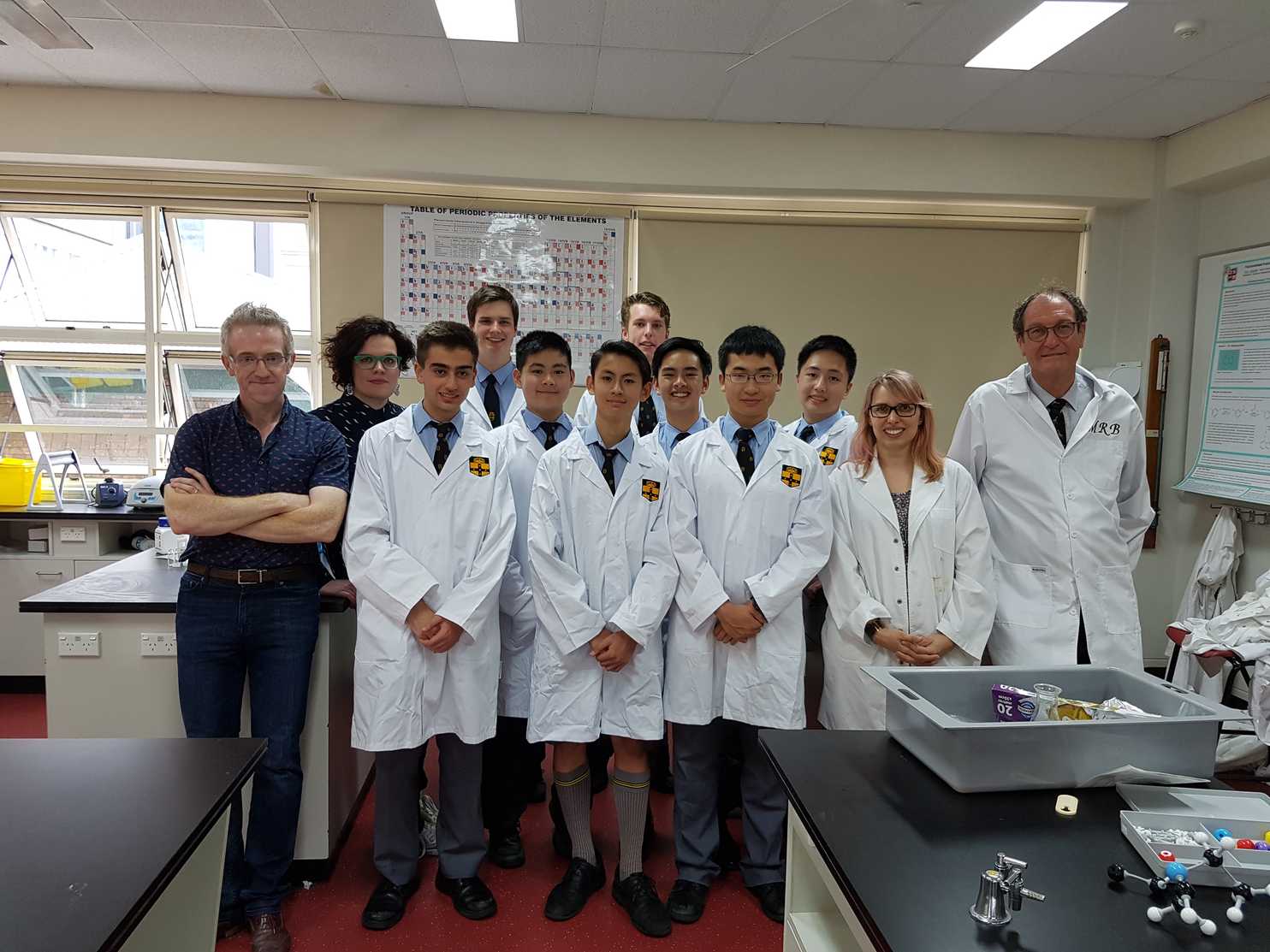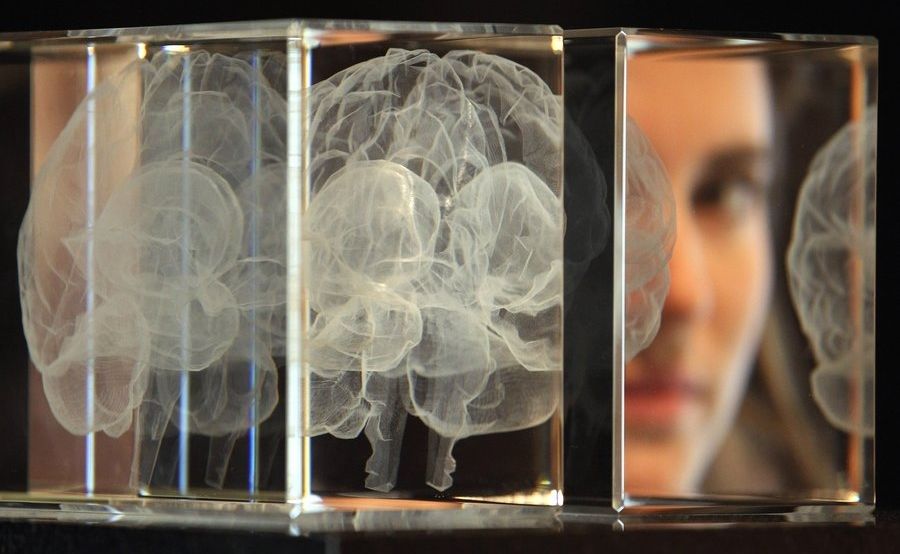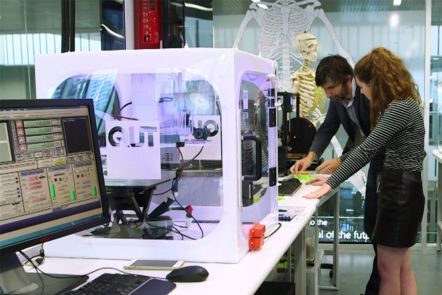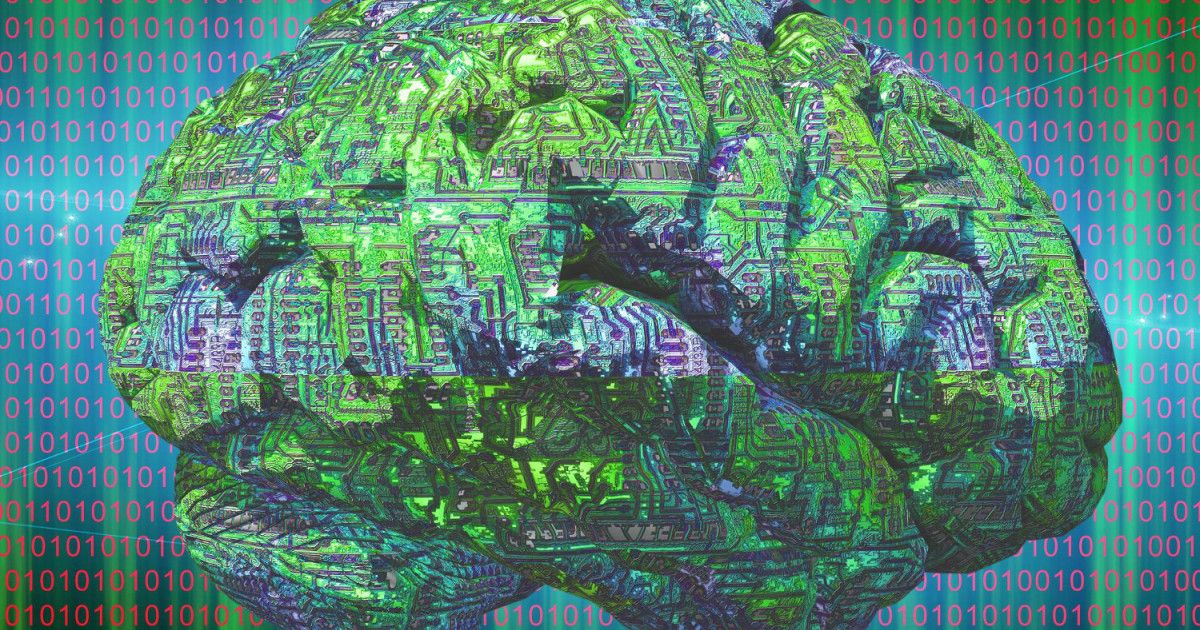The weekend is here so let’s kick it off with a great talk by Dr. Aubrey de Grey at TED in 2014.
Biotechnologist Aubrey de Grey talks about aging as a disease — and how it can be cured.
In the spirit of ideas worth spreading, TEDx is a program of local, self-organized events that bring people together to share a TED-like experience. At a TEDx event, TEDTalks video and live speakers combine to spark deep discussion and connection in a small group. These local, self-organized events are branded TEDx, where x = independently organized TED event. The TED Conference provides general guidance for the TEDx program, but individual TEDx events are self-organized.* (*Subject to certain rules and regulations)


